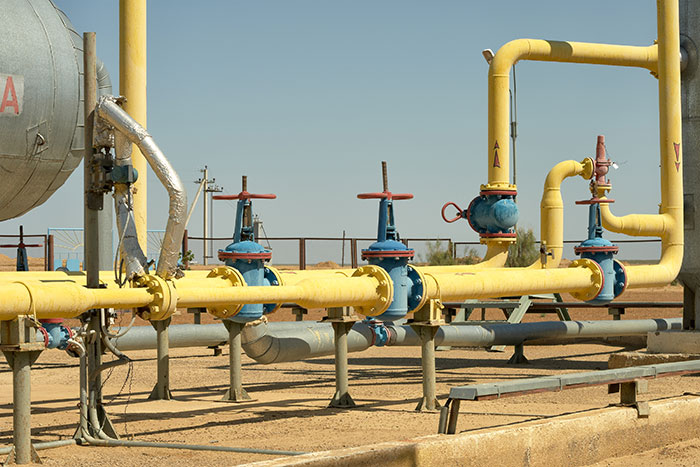The Danish Energy Agency has decided that Nord Stream 2 AG also may use pipelaying vessels with anchors in connection with construction of the Nord Stream 2 pipelines.
The Danish Energy Agency has at the request of Nord Stream 2 AG made a decision to change the condition to use pipelaying vessels with self-positioning (DP pipe-laying vessels) in the construction permit for the Nord Stream 2 pipelines, which the Danish Energy Agency granted Nord Stream 2 AG on October 30, 2019. The change means that the company can use pipe-laying vessels with anchors, either independently or in combination with DP pipe-laying vessels.
In the decision, the Danish Energy Agency emphasized, among other things, that the remaining part of the pipelines to be constructed in Denmark is outside the area where bottom trawling, anchoring and seabed intervention are discouraged due to the risk posed by dumped chemical warfare agents.
The decision is made in accordance with the Continental Shelf Act and on the basis of Denmark's obligations under the UN Convention on the Law of the Sea. Here, Denmark is obliged to allow the construction of transit pipelines with respect for safety, resources and environment.
On June 5, 2020, Nord Stream 2 AG submitted a request to be able to use pipelaying vessels with anchors in connection with the construction of Nord Stream 2. Pipelaying vessels with anchors have been assessed in the environmental impact assessment for Nord Stream 2, but were not covered by the October 2019 permit.
Please find the decision regarding amendment of condition 19 in the permit for Nord Stream 2 Natural Gas Pipelines.
Background
The pipeline project on the Danish continental shelf is part of a larger pipeline project, consisting of two parallel pipelines with a total length of 1230 km for the transport of gas from Russia to Germany. The natural gas pipelines starts in Russia and passes through Finnish, Swedish, Danish and German marine areas and makes landfall at the German coast. The pipelines can transport 55 billion m3 of natural gas per year. In Russia, Finland, Sweden, Germany and Denmark the authorities have granted permits for the project.
Contact:
Katja Scharmann, Danish Energy Agency, tel. +45 33 92 66 72, e-mail: ksc@ens.dk, or
Head of Media Relations Ture Falbe-Hansen, Cell +45 2513 7846, e-mail: tfh@ens.dk
